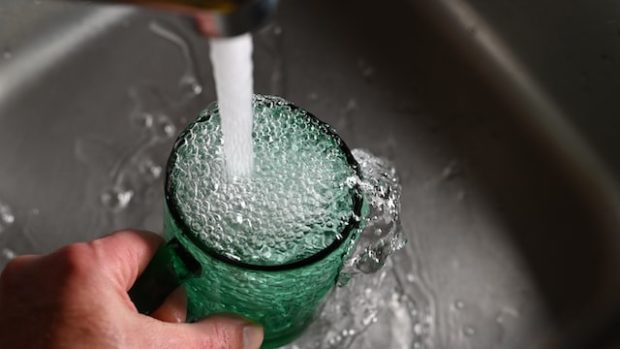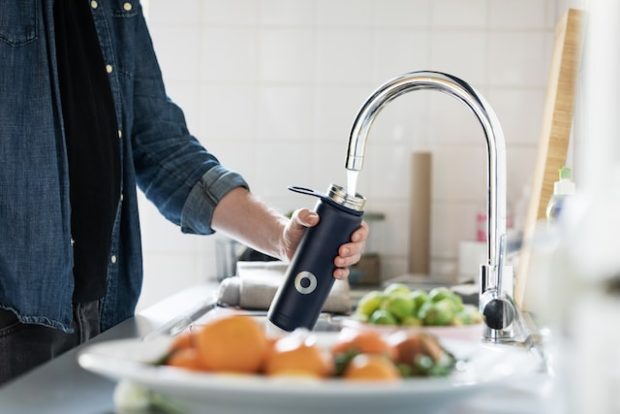In today’s world, water filters and bottled water are widely available, and many may choose to drink from these sources rather than from the tap in their home for a number of reasons. Some may not trust the quality of their tap water. Others may feel as though their bottled water or filtered water tastes different, choosing to drink that instead. But when it comes to tap water, is there really that much of a risk of contamination? Is it safer to drink filtered water than tap water in the U.S.? Here are the facts and the truth about tap water that you need to know to maintain your overall health and wellness.
Is Tap Water Safe? For the Most Part, Yes
The reality for most Americans is that tap water is safe to drink. In fact, many sources will tell you directly that America has some of the safest drinking water in the world. Tap water is pulled from a variety of sources and distributed through public water systems, which are governed by the Environmental Protection Agency (EPA). Public water system owners are required to follow guidelines set forth by the EPA, alert any customers to changes in water quality that could negatively impact their health and quality of life, and provide annual water reports to customers so they know exactly what the state of their tap water is.

Overall, there are plenty of ways in which the United States protects its citizens from contaminated water. But does that mean that tap water quality or the system itself is perfect? It’s the uncertainty that can leave many wondering about their own tap water quality.
Some Americans Are at Greater Risk of Consuming Contaminated Water Than Others
It’s important to reiterate that tap water, for the most part, is safe. However, there are certain demographics in America who may be at greater risk of being contaminated by unsafe drinking water that’s not being properly regulated. Unfortunately, this tends to happen most to those in rural communities.

One study found that between the years 1982 and 2015, at least nine million to 45 million people received water that violated the Safe Drinking Water Act. This might seem like a small number, but it’s still a number that’s quite concerning. Very few can forget the water crisis in Flint, Michigan. While it took a great deal of time to fix, residents are still wary of their water and prefer to use bottled water instead.
It doesn’t help either that detecting contaminated water is nearly impossible using just your sense of taste or smell. Whether it be heavy metals like arsenic, parasites, or some other issue, some are uneasy knowing that they might not be able to detect something wrong with their water until it’s too late. Out of an abundance of caution, you may be looking for ways to navigate this potential development in your area. But where do you begin?

Staying Safe With Your Tap Water
If you’re especially concerned that tap water in your area could become contaminated or already is, there are steps that you can take in order to protect your health. Here are a few tips for navigating your current water situation.
- Purchase Water Filters: Purchasing water filter products for use throughout the home can be an easy way to make sure the water you’re using for drinking, cooking, or bathing is properly filtered before it reaches your body. Just make sure you research what filters are able to remove and what they aren’t able to remove so you don’t miss any potential contaminants. Quality filters also add beneficial minerals that can combat the effects of hard water.
- Get Your Water Tested Regularly: Using professional-level kits or having a professional come out to test your water is a great way to learn more about what’s in your water. You can have your city come out and test it or you could outsource your testing needs to a third party. Getting your water tested regularly is especially important if you rely on your own well system to deliver water.
- Note Any Strange Symptoms That Could Be Caused By Tap Water: Are you concerned that your tap water is impacting your health? Keep an eye out for any potential symptoms that could point to a waterborne illness. Most symptoms will be gastrointestinal in nature. If you have been feeling nauseous and vomiting, experiencing diarrhea, or have been dealing with a fever and headache that can’t be attributed to anything else, test your tap water.
Tap water is largely safe to drink, but there are some Americans who may not trust that their tap water is as clean as their city says it is. If you’re worried about your tap water, use the guide above to learn more about water quality across the U.S. and what you can do to protect your health!
